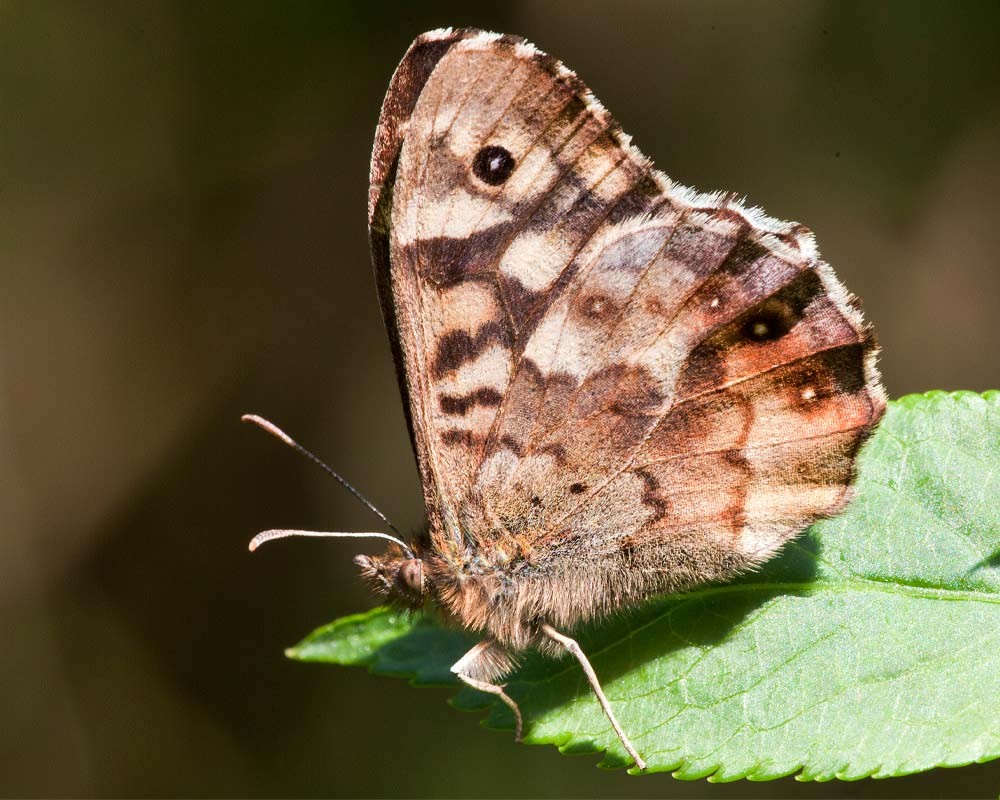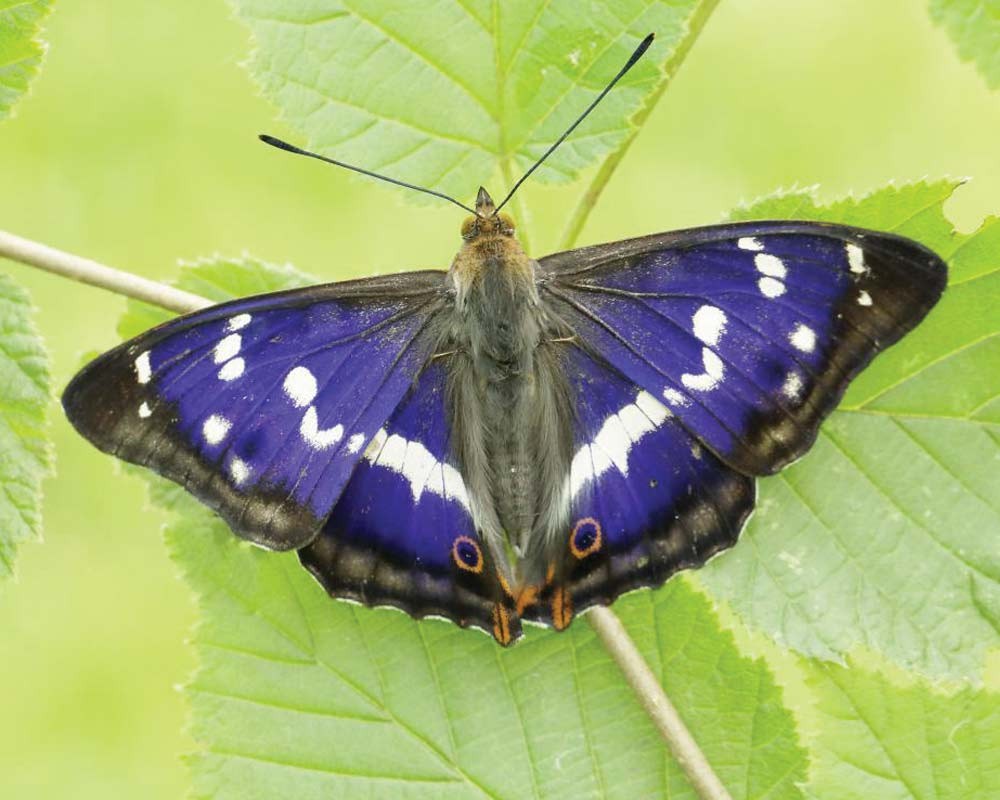
The race to save our graceful butterflies
Rising global temperatures are leading to changing environments, and it’s difficult for fragile insects like butterflies to adapt. Fortunately, a dedicated organisation is at the forefront of conservation efforts
Few sights bring as much joy as a butterfly gliding through your garden on a gorgeous summer’s day. These enchanting creatures have captured imaginations for centuries, appearing in Shakespearean plays and Wordsworth’s poetry. Yet, while often seen as seasonal staples, more than half of the UK’s butterfly species are experiencing long-term decline. The once-common Small Tortoiseshell stands out as an alarming example, having seen an 86% decrease in numbers since the first recorded count in 1976.
Thankfully, conservation work is underway to combat the effects of threats such as climate change on these delicate insects. One champion of this cause is Mike Gasson, Chair of the Norfolk Branch of Butterfly Conservation (BC), who has been a member for over a decade. It was a chance encounter with a rare species that ignited his passion for preserving Norfolk’s butterflies.
“I used to be a research microbiologist, but I’d always dreamed of working in conservation,” Mike shares. “When I retired, I volunteered with the Norfolk Wildlife Trust and began working on wild orchid preservation. While I was in Foxley Wood, a butterfly landed on a flower about two metres away from me. It turned out to be a Silver-washed Fritillary, a species which hadn’t been seen in Norfolk for decades and wasn’t thought to breed here. That special moment set me on a path to protecting butterflies.”
Butterfly Conservation is a charity devoted to the protection of
butterflies and moths, highlighting the harmful impact of human activities, such as pesticide use and pollution.
Through annual counts and detailed species monitoring, their 32 branches play a pivotal role in recording
butterfly populations.
Established in 1982 and run entirely by volunteers, the Norfolk branch dedicates hours to building strong connections with the community through field trips and public events.
By raising awareness and support, it aims to improve the preservation of habitats that butterflies and moths
need to thrive.



“One of our most significant successes came in 1992, when we purchased Catfield Fen,” Mike explains. “Located near Norwich, it was originally an unsuccessful attempt at agricultural drainage. The remaining infrastructure created a wet fen, and along with a long earth bank that runs along two sides, it is an ideal environment for a butterfly species found only in Norfolk.”
Our county’s flagship butterfly, the magnificent Swallowtail is the largest in the UK. Its striking size and dazzling colour make it a spectacular sight. Named for the distinctive forked extensions on its hindwings that resemble the tails of swallows, this vulnerable species has flourished thanks to the protection of Catfield Fen and a handful of other Norfolk reserves.
The fen is rich in milk parsley, a crucial host plant for Swallowtails, which thrives in its peaty soil. While public access is restricted due to hazardous boggy conditions, a footpath along the earth bank offers visitors the chance to spot Swallowtails drifting through the reeds.
Mike also highlights other notable species. “The Purple Emperor is truly magnificent, with males sporting an iridescent purple sheen on their wings. The Speckled Wood is a rather understated but beautiful species that brightens the more shaded woodland,” he says. “For me though, the Silver-washed Fritillary tops the rest due to my personal connection to it.”
Male Silver-washed Fritillaries display vibrant orange hues, while females are slightly larger with softer yellow tones and bold black spots. Their name comes from the silver streaks on the underside of their wings, visible only when perched. Once presumed extinct in Norfolk, the species has made an extraordinary comeback since 2010, moving to the ‘Least Concern’ category. Woodland areas like Foxley Wood are now prime destinations for those wishing to witness their beauty.
“It’s essential to prevent butterflies and moths from dying out,” Mike notes. “Being low on the food chain, they are primary sources of sustenance for animals like birds and bats, so a whole host of wildlife is affected if their numbers fall. Losing them would be devastating for biodiversity and for our gardens, so the work of Butterfly Conservation is vital.”
You can help support the charity’s efforts by taking part in their ongoing campaigns to record and preserve butterfly and moth populations. Their flagship annual event, the Big Butterfly Count, took place earlier this summer, with a wealth of inspiring sightings recorded across the county. You can find information about upcoming projects on their website www.butterfly-conservation.org and discover how to join the mission to safeguard Norfolk’s butterflies.
